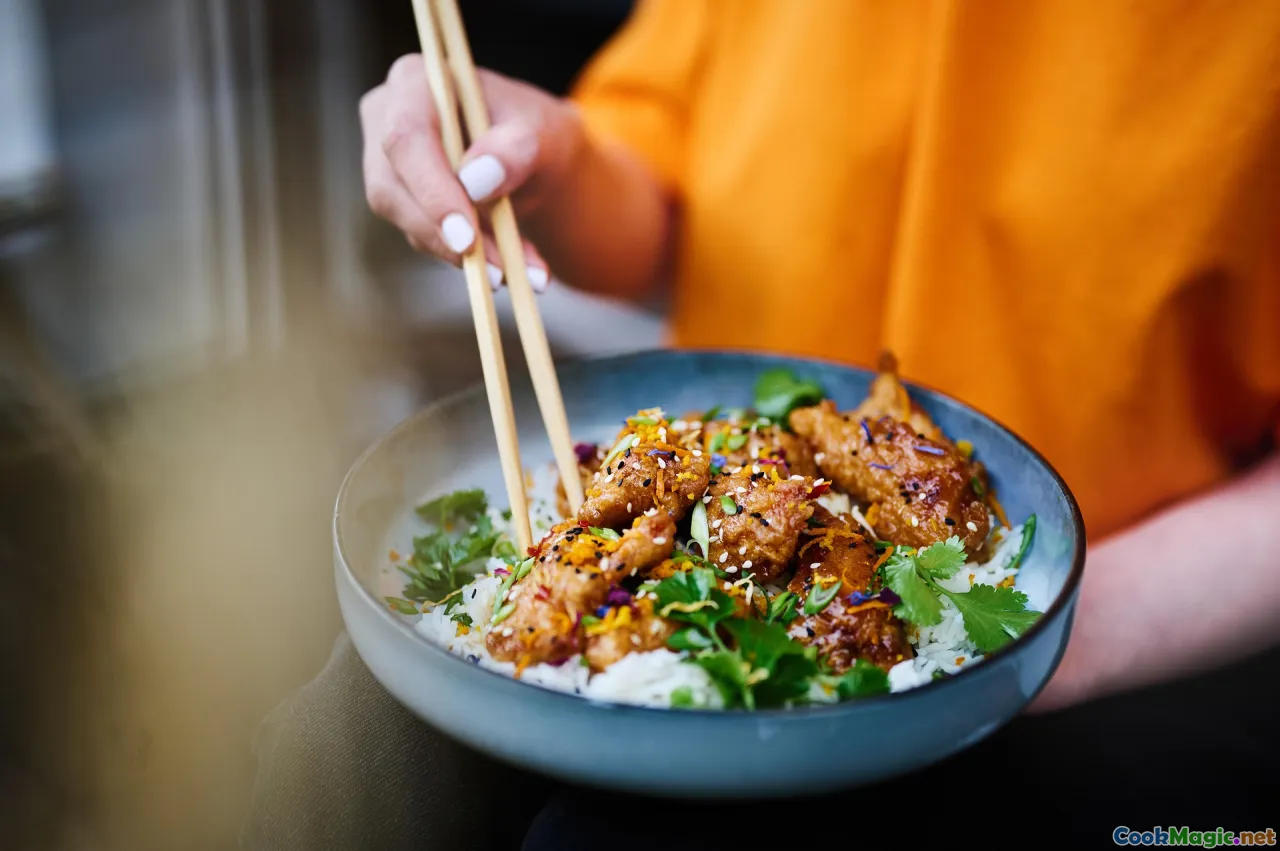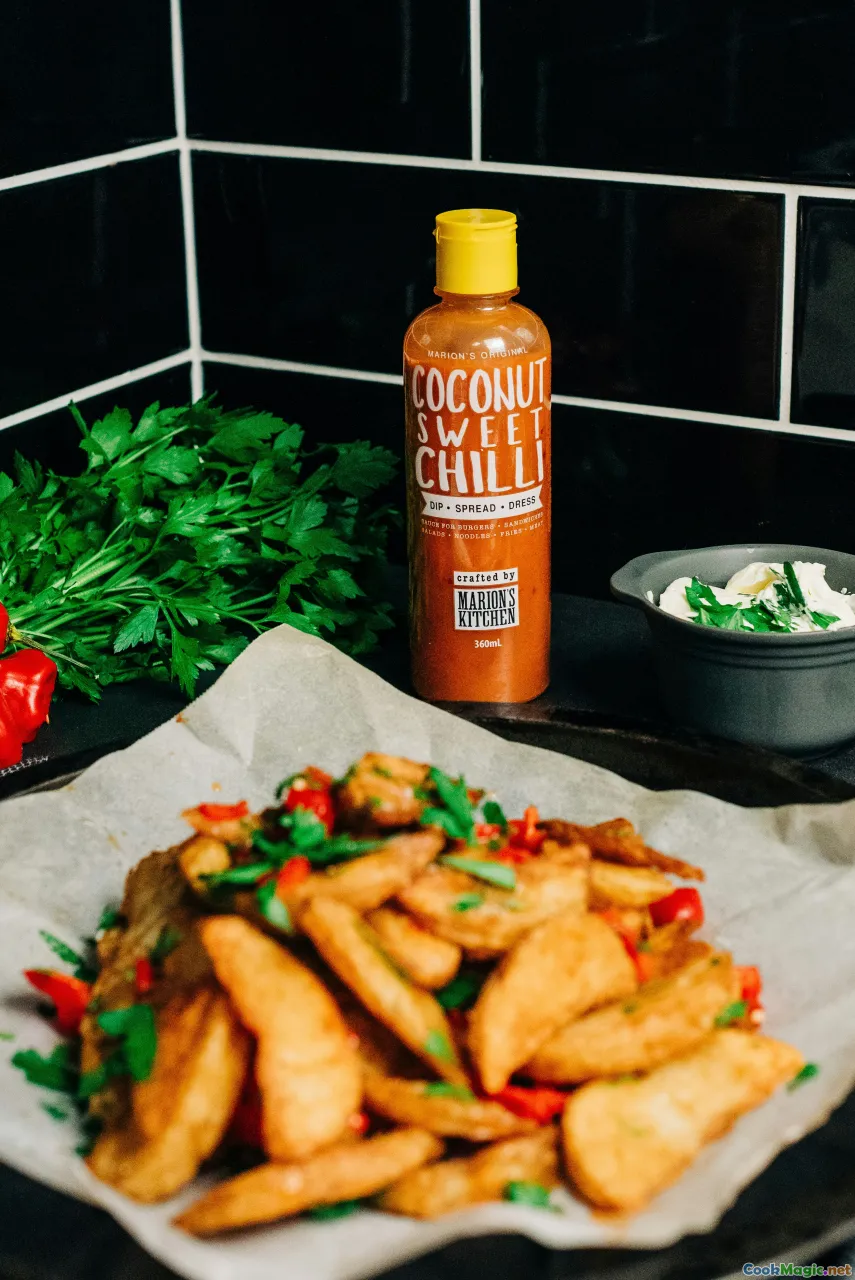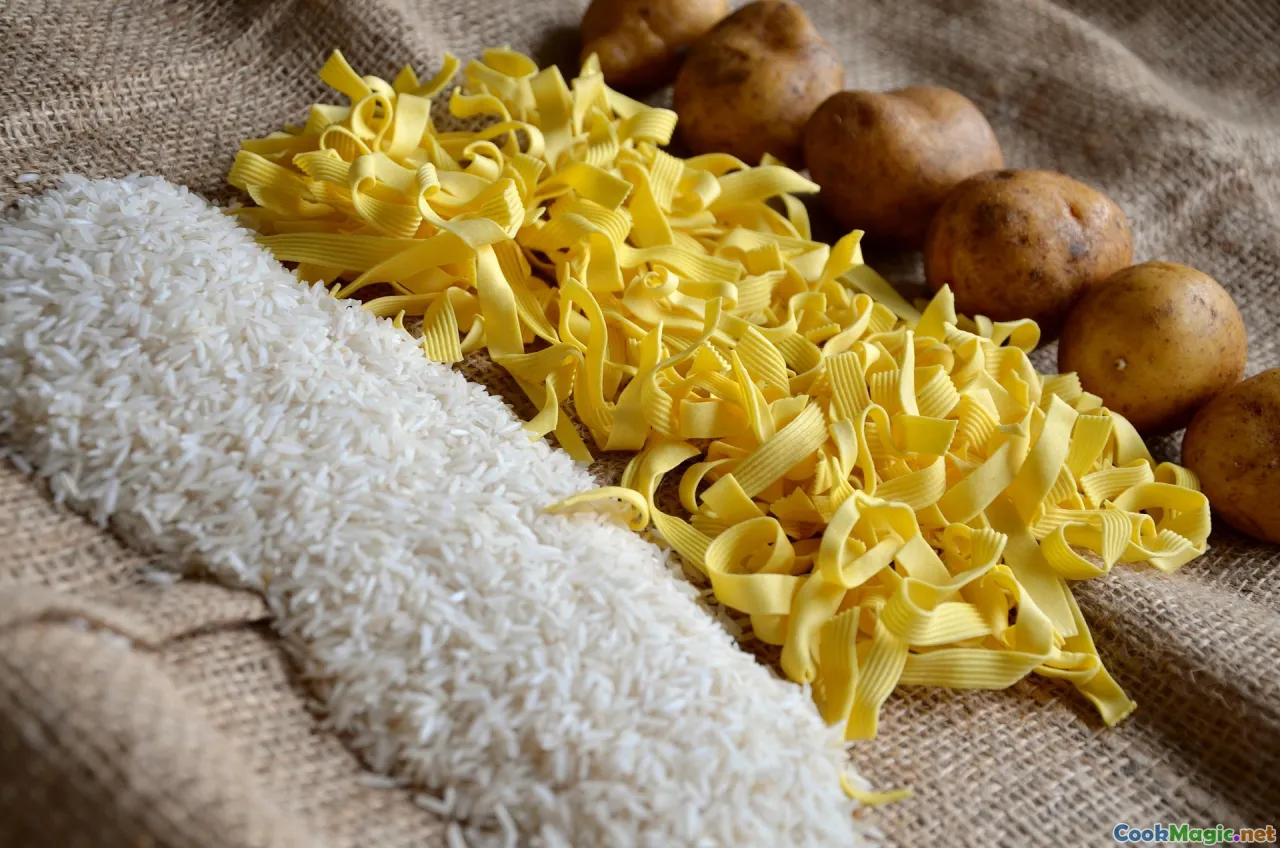Singaporean Hainanese Chicken Rice Tips from Locals
13 min read Discover authentic tips from locals to perfect your Singaporean Hainanese Chicken Rice and enhance your culinary experience. August 13, 2025 06:05
Singaporean Hainanese Chicken Rice Tips from Locals
The aroma drifts lazily through the bustling streets of Singapore, blending the savory scent of tender poached chicken with the pungent, garlicky punch of fragrant rice. It’s a smell that stirs nostalgia in locals and curiosity in visitors alike—a testament to a dish that is as humble as it is legendary. Hainanese Chicken Rice is not merely a meal; it’s a cultural icon, a culinary relic passed down through generations, lovingly perfected in humble hawker stalls and cherished family kitchens across the island.
As someone who has spent years exploring Singapore’s vibrant food scene, I’ve gathered treasured tips and secrets straight from the mouths of seasoned locals. These insights reveal the artistry behind crafting the perfect Hainanese Chicken Rice—one that balances silky, flavorful poultry with fluffy, fragrant rice, all enhanced by simple yet impactful condiments. Join me on this flavorful journey as we uncover the nuanced tips from Singapore’s culinary custodians.
The Heart of the Dish: Choosing the Right Chicken

The foundation of any great Hainanese Chicken Rice is undoubtedly the chicken itself. Locals emphasize that selecting the right bird, or more importantly, knowing how to prepare it, can make or break the dish. Typically, plump, fresh whole chicken—preferably a breed like Siu Mei or free-range chicken—is selected for its velvety meat and juicy consistency.
Tips from the Locals:
- Opt for Young, Fresh Chicken: Freshness is paramount. Many Singaporeans prefer a chicken that is less than two days old, as it results in a tender, succulent bite.
- Poached at Precisely the Right Temperature: The chicken is gently simmered in a seasoned broth, often with ginger, garlic, and pandan leaves, maintaining a temperature just below boiling point—around 80°C to 85°C. This slow poaching prevents the meat from becoming tough or dry.
- Immerse in Ice Water After Cooking: Once cooked, the chicken is immersed in an ice bath for about 10 minutes. This step tightens the skin, rendering it irresistibly glistening and smooth to the touch, while also halting the cooking process. It’s a secret technique that creates that flawless, jiggly appearance.
- Use of Chinese Herbs: A handful of ginger, scallions, or even traditional herbs like love grass are sometimes added to the poaching broth for subtle flavor infusion.
This meticulous process results in juicy, tender chicken with a glowing, slightly gelatinous skin—sweet, savory, with a hint of ginger aroma that carries a comforting warmth.
Crafting the Fluffy, Fragrant Rice

Rice is the soul of the dish, absorbing all the essence from chicken fat and fragrant aromatics. The ideal Hainanese chicken rice boasts grains that are fluffy, each kernel separate, with a subtlety of flavor that complements the poultry.
Insights from Local Experts:
- Washing and Soaking: Rinsing the jasmine rice until the water runs clear is crucial to removing excess starch. Soaking the rice for at least 30 minutes allows for even hydration, resulting in lighter, fluffier grains.
- Cooking in Chicken Broth: Instead of using plain water, some hawker stalls simmer the rice with chicken stock, ginger slices, and onion, infused with the rich, savory call of chicken drippings. This is a step many purists swear by.
- Adding Pandan and Garlic Oil: A few drops of pandan essence or homemade garlic oil, drizzled during cooking or mixed in after, elevate the fragrance.
- The ‘Press-and-‘ Technique: After cooking, some cooks press the rice lightly with a spatula or a rice paddle, ensuring each grain is evenly coated with residual chicken oil, enhancing flavor synthesis.
Practice makes perfect here. The right rice requires patience but rewards with that exquisite aroma and delicate bite that defines Singaporean chicken rice.
The Perfect Chicken Rice Dip: Soy, Sesame, and Beyond

No Hainanese Chicken Rice is complete without its array of condiments—zesty chili sauce, fragrant ginger paste, fragrant dark soy, and sometimes a touch of sesame oil. Locals have distinct preferences, often sticking to tried-and-true combinations.
Pro Tips from Locals:
- Chili Paste: A balance of fiery chili, garlic, lime juice, and sometimes a dash of chicken stock creates a lively, tangy kick that cuts through the richness of the chicken.
- Ginger on a Budget: Fresh ginger, finely grated, mixed with a pinch of salt and a splash of chicken broth, creates a smooth, pungent paste—simple but addictive.
- Soy and Sesame: A drizzle of soy sauce or dark soy, accompanied by toasted sesame oil, adds depth. Some prefer a sweeter soy variant, while purists favor a light soy dip.
- The Serving Style: It’s traditional to serve these condiments in small bowls, allowing diners to customize each bite—layering flavors, adjusting heat, and balancing saltiness.
Rolling all these elements into your plate transforms a simple chicken and rice into a symphony of flavors.
Regional and Cultural Variations: The Singaporean Touch

While the classic style remains revered, locals enjoy variations that spotlight personal or regional influences.
Notable Variations:
- Poached vs. Roasted: Though poached chicken is king, some stalls serve roasted chicken for a smoky, crispy skin alternative.
- Herb-infused Broths: Some chefs add local herbs like daun kesum for an aromatic twist.
- Adding Plums or Pickles: Pickled vegetables or preserved plums sometimes accompany the dish, balancing the richness with tang.
- The Chicken Rice Plate: Serving the chicken sliced atop a bed of fragrant rice with condiments on the side—an iconic presentation loved across Singapore.
Signature spots like Tian Tian*, Qi Lai, or Boon Tong Kee have their loyal fans, each with nuanced recipes passed down and refined over decades.
Cultural Significance and Personal Touches

Hainanese Chicken Rice isn’t just food; it embodies Singapore’s multicultural heritage—blending Southern Chinese culinary roots with local flavors and techniques. Many families have cherished recipes, often hugged tightly within generations.
Locals cherish the dish as a comfort food, a quick breakfast, or a hearty lunch. It’s common to see families gathering around hawker stalls, sharing stories while waiting a few precious minutes for plates of 'the king of hawker food.'
The personal touch often lies in the meticulous technique—how the chicken is poached, the rice is cooked, or the condiments are prepared. Veteran cooks sometimes add secret ingredients—an extra dash of sesame oil or a splash of chicken essence—that keep their version standing out.
Hidden Gems and Tips for Aspiring Cooks

For the culinary explorer, trying to replicate this dish at home can be both a rewarding challenge and a delightful adventure. Here are a few tips distilled from local expertise:
- Start with a quality, fresh chicken—preferably free-range.
- Control your simmering temperature carefully to keep the chicken tender.
- Use chicken stock to cook the rice for layered flavor.
- Invest in good aromatics—fresh ginger, garlic, and pandan leaves.
- Don’t rush the process; patience yields better flavor.
- Practice your condiment preparation—a well-balanced chili and ginger paste elevate the dish.
Mastering these tips can bring the essence of Singaporean street food into your own kitchen.
The Emotional Connection: More Than Just a Meal

Hainanese Chicken Rice signifies more than just taste; it embodies community, tradition, and nostalgia. Many Singaporeans associate this dish with fond memories—family gatherings, celebrations, or solitary comfort on rain-soaked days.
Eating it is a ritual, often involving sharing stories over steaming white rice, the chicken’s silky meat melting in your mouth, and every bite reminiscent of a shared heritage. It’s a tangible link to Singapore’s multicultural tapestry, woven together in this simple yet profound recipe.
Whether you’re sitting at a crowded hawker stall or recreating the magic at home, the essence remains—celebrating tradition and community through the universal language of good food.
Discovering the nuances of Hainanese Chicken Rice from locals reveals a rich tapestry of techniques and stories that have shaped what is now a national treasure. So next time you savor a plate, remember: behind every tender piece of chicken and fragrant mound of rice lies decades of passion, history, and cultural pride.









